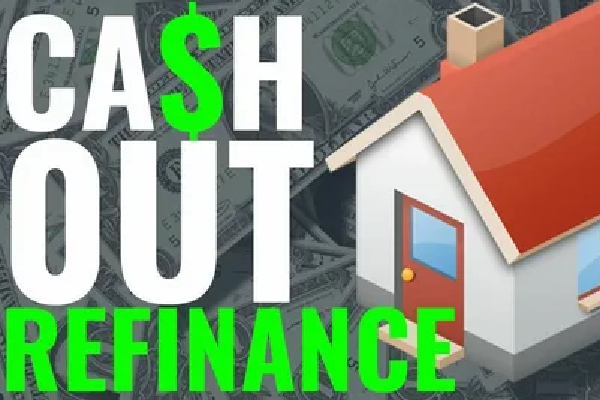
Cash Out Refinancing
Cash Out Refinancing

Refinancing involves paying off your existing mortgage with a new one, typically at a lower interest rate.
A cash-out refinance is a specific type of refinancing where you replace your current mortgage and simultaneously borrow a portion of your home’s equity as a lump sum. This cash can be used for various purposes such as home improvements, college tuition, or even a family vacation.
Many homeowners also use cash-out refinancing to tap into their home equity for investing in real estate or starting a business.
When used strategically, cash-out refinancing can be an excellent financial tool. However, it's crucial to avoid cash-out refinancing if it results in a higher interest rate than your current mortgage. If your existing mortgage has a favorable rate, it may be wise to keep it intact.
For those looking to access their home equity without affecting their primary mortgage, a Home Equity Loan might be a better option. A Home Equity Loan, often referred to as a second mortgage, allows you to borrow against the equity you’ve built in your home without altering the terms of your first mortgage. For instance, if you have accumulated $50,000 in home equity, you can borrow against that amount without impacting your initial mortgage.
While both cash-out refinances and Home Equity Loans provide access to your home’s equity, your specific situation should guide your choice between the two.
As always, remember to do your homework, educate yourself, and shop around for the best deal.
